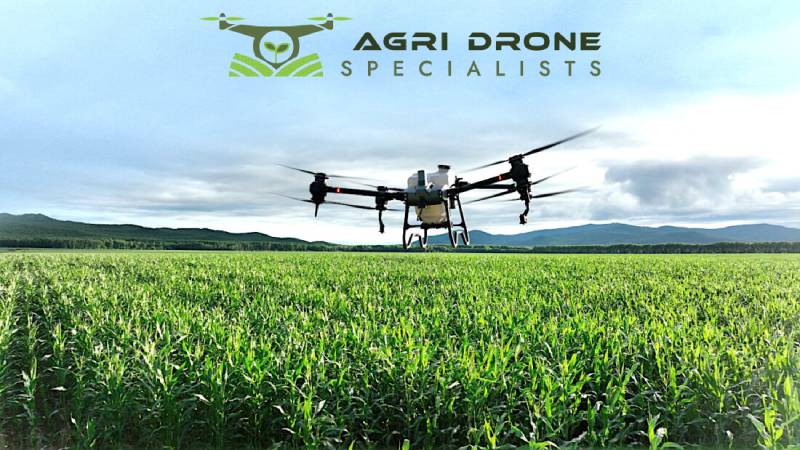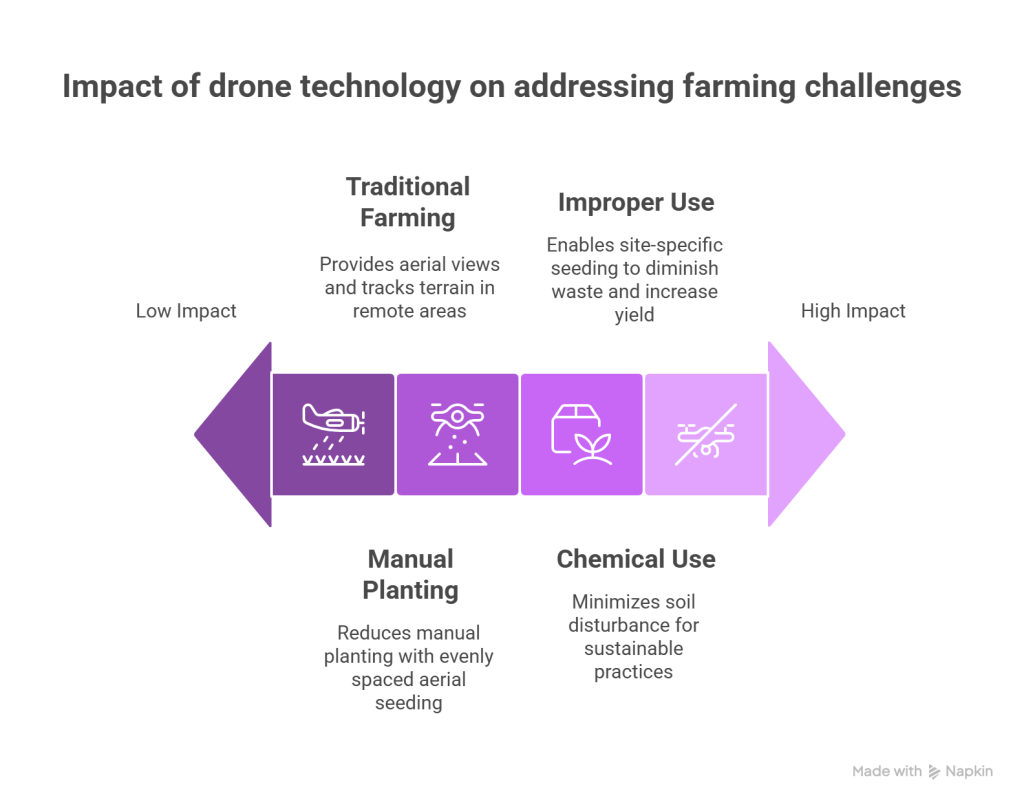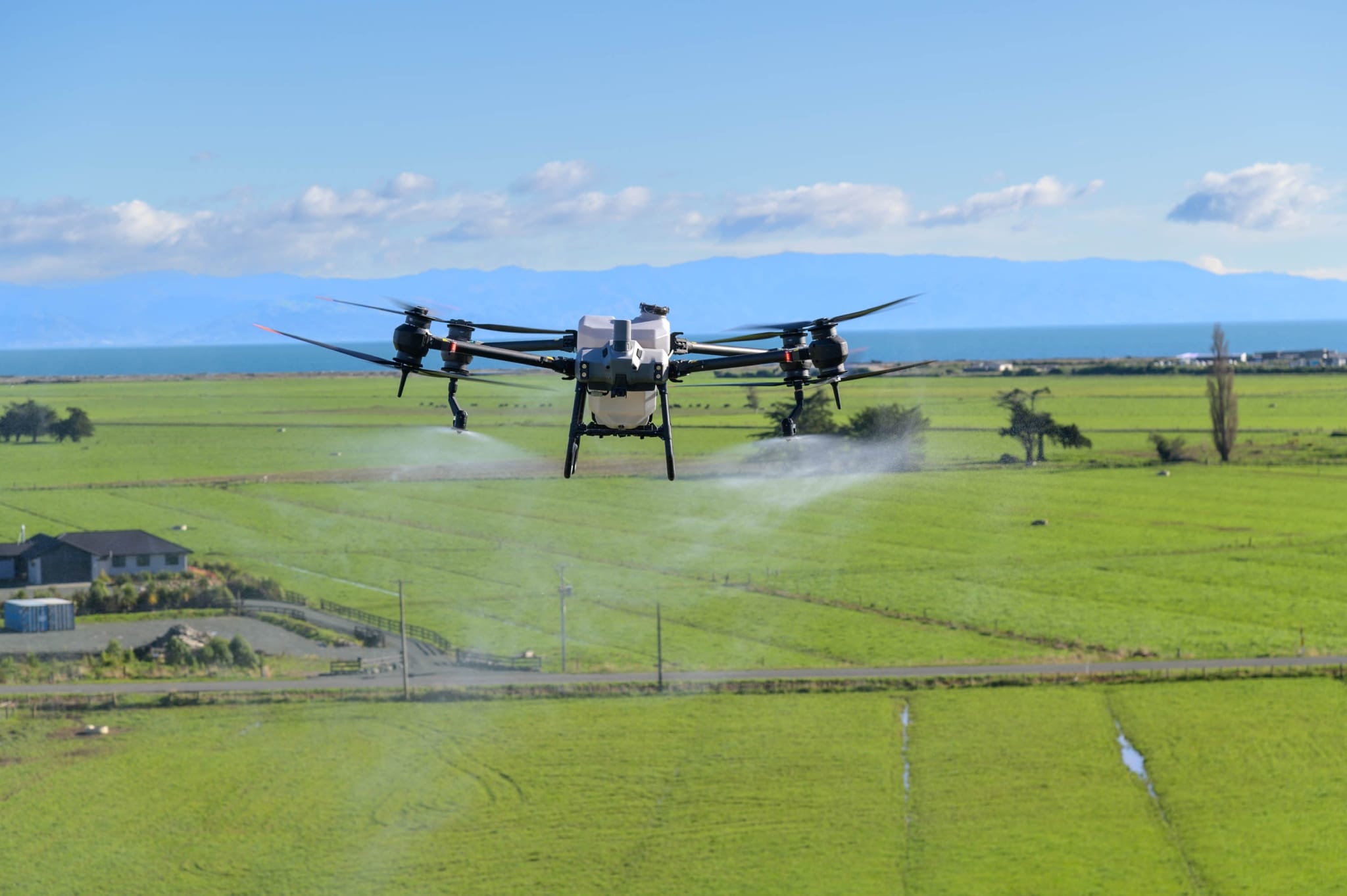Does a technological change such as aerial seeding drone services operate in tandem with large-scale farming challenges? Is it worth considering drone services for agricultural purposes? Let’s discuss this in detail!Farm work is laborious, dangerous, and time-consuming. What happens when agricultural operations attain great size to satisfy the food requirements of the growing humanity? Large-scale farmers confront a peculiar set of challenges against efficiency, sustainability, and profitability. A farmer faces many hurdles, from labour shortages to sudden changes in climatic conditions and vast, hard-to-accessible fields. Drone seeding services at the forefront of modern technology offer scalable responses to the large-scale farming dilemma. The drone services are an innovative breakthrough that redefines crop Establishment and land management.

Let us explore the issues affecting large-scale farming and how certain technologies, especially agricultural drones, are attempting to tackle them.
Challenge 1: Labour Shortages in Agriculture
Labour is becoming an increasingly limited resource in contemporary agriculture. As older farmers remain steadily increasing because fewer and fewer young people take the trade, the labour shortage has been intensifying in some countries and regions, with factors such as immigration policy or rural depopulation playing a role. In large farms, like those with thousands of hectares, severe difficulties arise when finding seasonal or permanent labour needed to carry out such all-important activities as planting, irrigation, crop maintenance, and harvesting.
How Technology Helps
Tractors with GPS-guided steering, robotic harvesters, and auto-irrigation systems are in operation. One of the highest-impact innovations is the application of drones for farming operations. Drone services cut down manual planting. These aerial drones can sow seeds evenly spaced manner across vast swaths of land in a short time without any help from manual labour on the ground.
Challenge 2: Unpredictable Weather Patterns
The climate change evidence is piling up, with the weather becoming more erratic and unpredictable. Droughts, unseasonal rains, storms, and temperature changes interfere with planting schedules, damaging crops and reducing yield. For big farmers, a bad season can be a loss of millions.
How Technology Helps
Advanced farming technologies use real-time data and predictive analytics, which helps farmers to make well-informed decisions. Weather-monitoring drones and ground-based sensors feed data into software that increasingly forecasts conditions. Drone services offer versatility: farmers can quickly reschedule planting dates and change locations upon receiving a weather forecast, and their lands can be reached by drones even when wet soil does not allow tractor movement.
Challenge 3: Managing Vast and Inaccessible Fields
Large farms may span thousands of acres across diverse terrain, including hard-to-reach or sensitive ecological areas such as wetlands, hillsides, or dense vegetation. Traditional farming architecture withers in such an environment, and manual labour would be expensive, if not impractical.
How Technology Helps
Drones afford aerial views of lands and track areas of terrain. Equipped with GPS, LIDAR, and multispectral cameras, these sensors can collect detailed data on soil characteristics, moisture content, crop conditions, and many others. Drone Seeding in remote or hard-to-reach spots is an outstanding example of these services, where drones are used to disperse seeds evenly in remote areas where tractors and even workers cannot go.
Challenge 4: Soaring Costs of Inputs
Seed, fertilizers, fuel, and chemical prices are steadily increasing. Projected inland areas, measured in thousands of acres, indicate that this cost increase can significantly impact the bottom line. Improper use of these inputs results in wastage and diminished returns.
How Technology Helps
Technology offers the perks of dealing with expensive agricultural processes. The inclusion of technology is the ideal application to ensure judicious resource usage. The drone can spot certain areas in a field that require seeds or chemicals and reduce the amount of seeds or chemicals applied there. Aerial Seeding Drone Services provide site-specific seeding at the requested depths and densities to diminish waste and increase yield.
Challenge 5: Environmental Regulations and Sustainability
Sustainability is nowadays a demand from everywhere. Environmentally responsible farming is demanded by consumers and governments for the best reasons. An increasing pressure is being exerted not to use chemicals, to control soil erosion, and to encourage biodiversity while sustaining productivity.
How Technology Helps
Drone Seeding Services is a growing trend in sustainable agriculture. These winged drones help farmers meet environmental standards while working to ensure productivity to cover crops, reforestation, and regenerative farming practices. These objectives are achieved by drone seeding with minimal soil disturbance, including drying eroded surfaces to prevent erosion and conserve organic matter.
Challenge 6: Crop Monitoring and Disease Management
With the advancement of technology, monitoring pests, diseases, and nutrient deficiencies become complex for vast farms. The delayed identification of problems causes rapid spread of the problem, affecting yields and necessitating expensive interventions.

How Technology Helps
Drones can alert farmers early about crop stress via multispectral sensors and thermal imaging. As a result, employing these technologies reduces the demand for pesticides and fertilizers. On the other hand, data collected by drones becomes input for machine learning models, which provide vital insights and forecasts to aid in long-term decision-making.
The Role of Aerial Seeding Services in the Future of Farming
Aerial seeding is a technology-driven service that aids in large-scale farmer’s pain points. With this service, one transmits and distributes seeds in an area faster. Aerial seedings help farmers save time, reduce reliance on labour, assist with crop establishment, and promote sustainability.If anything, drones provide replanting precision and speed after flooding and in hard-to-reach areas by sowing cover crops for soil health while human labour and machinery cannot. With regeneration-oriented, data-driven farms, these services can become the backbone of advanced farming systems in the coming years.
What Agri Drone Specialists Can Do for You
At Agri Drone Specialists, we assist farmers in scaling up their operations efficiently and sustainably using drone technology. Our drone seeding services are designed to meet the needs of large-scale farming operations, whether for planting cash crops, cover crops, or facilitating land restoration. Using cutting-edge technology and drone solutions, we guarantee you all sorts of precise, fast, and cheap- this means saving time, resources, and labour from your end.Our team provides expert consultancy to aid the integration of drone technology into your operations. We help in seed selection, flight planning, execution, and data analysis.
Are you ready to bring your large-scale farming a step higher?
Collaborate with Agri Drone Specialists for reliable and advanced aerial seeding drone services.



